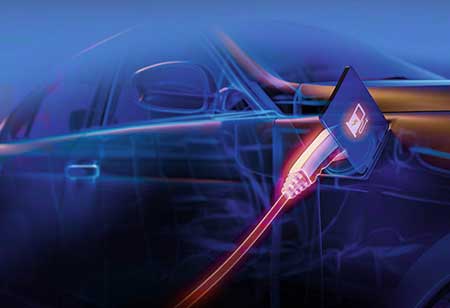ADAS technologies enhance road safety by reducing human error, improving driver awareness, automating vehicle control and promoting safer driving through advanced sensors and artificial intelligence.
FREMONT CA: Advanced Driver Assistance Systems (ADAS) are reshaping road safety by integrating cutting-edge technologies into vehicles to enhance driver awareness, reduce human error, and prevent accidents. These systems use a combination of sensors, cameras, radar, and artificial intelligence to assist drivers in making better decisions, such as detecting obstacles, maintaining lane position, and monitoring blind spots. ADAS technologies are crucial in mitigating risks and enhancing vehicle safety by providing real-time feedback and intervention.
Importance of Advanced Driver-Assistance Systems (ADAS)
The primary cause of traffic accidents is human error. Advanced safety technologies have been developed to automate and enhance various aspects of driving to address this issue. These systems aim to improve road safety by reducing the likelihood of accidents caused by human mistakes. ADAS plays a crucial role in minimising road fatalities by actively lowering human error, a significant factor in accidents. These systems are divided into two categories: those that improve driver awareness, such as lane departure warning systems, and those that automate vehicle control, like automatic emergency braking systems. Their main goal is to reduce injuries and the frequency of traffic accidents, ultimately making roads safer for everyone.
Advantages of ADAS
ADAS includes passive and active safety features that help reduce human error and improve the driving experience. By automatically upgrading and enhancing safety systems, ADAS contributes to safer driving environments. These systems work by alerting drivers to potential hazards and taking necessary action to avoid collisions. In addition, ADAS provides adaptable functions, such as automated lighting, adaptive cruise control, and pedestrian collision avoidance, which assist in various driving scenarios. These features help drivers stay aware of their surroundings, including blind spots, lane departures, and other potential risks.
ADAS also aids in the driver’s perception of traffic conditions, acting as a stimulant for their decision-making process. By understanding the current traffic situation, drivers can make better decisions and anticipate potential risks. Furthermore, ADAS systems analyse driving behaviour to predict actions such as lane changes; understanding the driver’s intent and how they approach certain situations, like checking mirrors before changing lanes, is vital to enhancing safety. Additionally, predictive maintenance technologies are integrated into ADAS, using cloud computing, edge computing, and data sensors to alert drivers of potential vehicle issues. By monitoring various metrics such as tyre pressure, engine status, and fuel levels, these systems ensure that the vehicle is operating optimally and safely.
How ADAS Works
ADAS technology is rapidly advancing, particularly in the realm of autonomous vehicles. Modern vehicles have systems on a chip (SoCs), integrating several chips and electronic controller units (ECUs) that link sensors and actuators. These chips provide a 360-degree view of the vehicle's surroundings, close and far. This advanced vision system allows for better detection of obstacles and other cars, enhancing the vehicle’s ability to navigate safely.
As these systems continue to evolve, they promise even more significant improvements in vehicle safety, with features that enhance driver awareness and also automate critical aspects of vehicle control. With the growing integration of ADAS in modern vehicles, the future of road safety looks promising, as these innovations work towards minimising traffic fatalities and creating smarter, safer roads for all.

 Copyright © 2025 AutoTech Outlook. All Rights Reserved | Privacy Policy | Subscribe | Sitemap | About us | Feedback Policy | Editorial Policy
Copyright © 2025 AutoTech Outlook. All Rights Reserved | Privacy Policy | Subscribe | Sitemap | About us | Feedback Policy | Editorial Policy